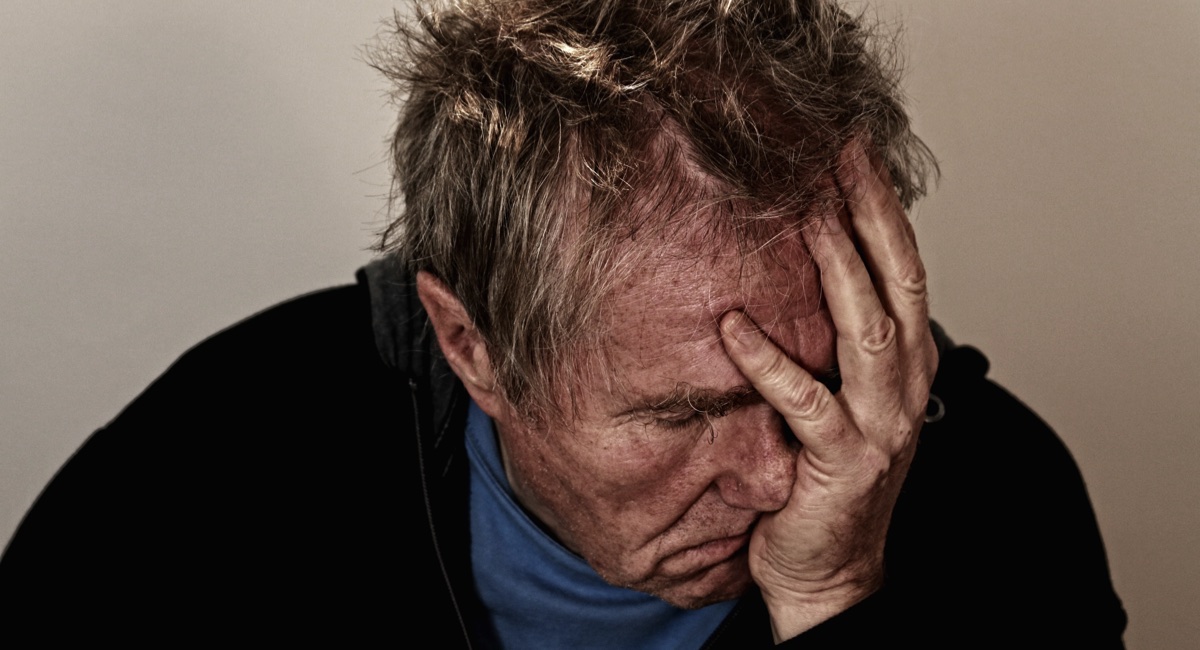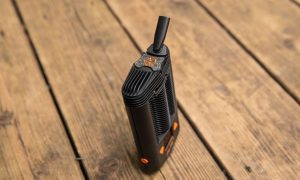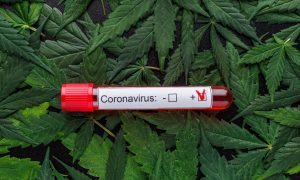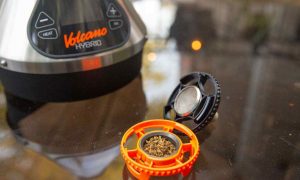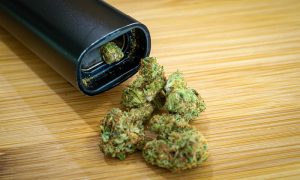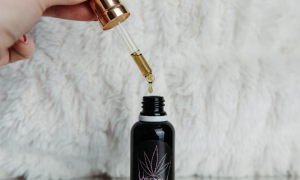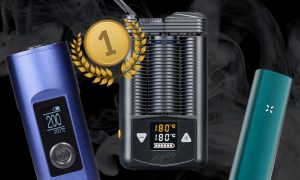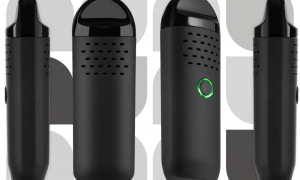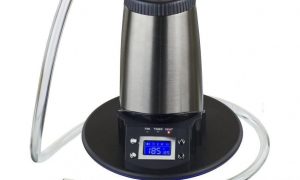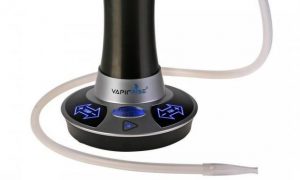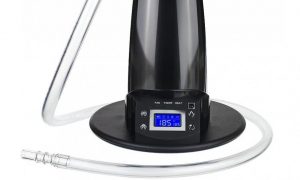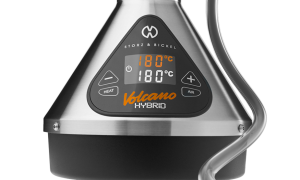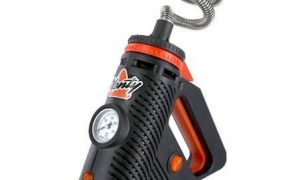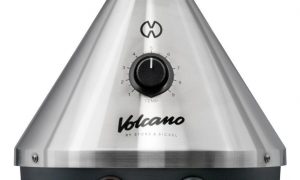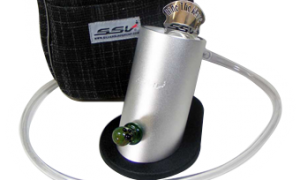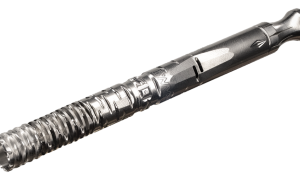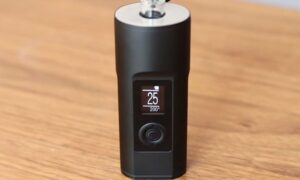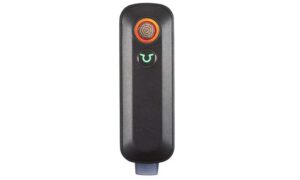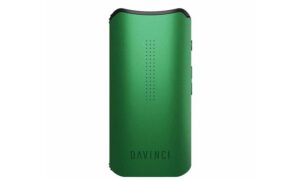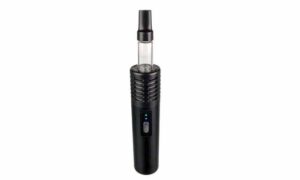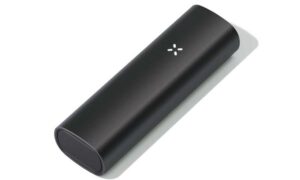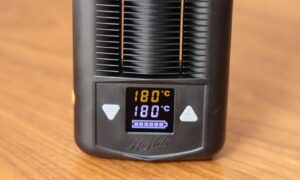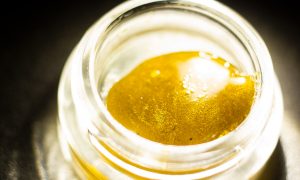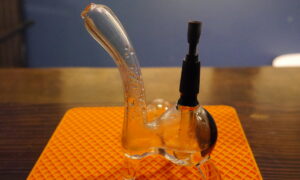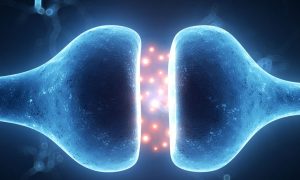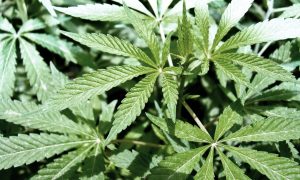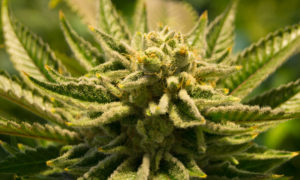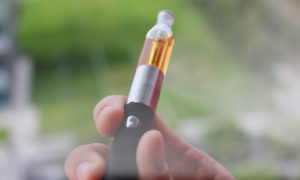By Monterey Bud for marijuana.com
A recent study published in the European Journal of Pharmacology examined the use of cannabinoids as a treatment for migraines in female rats and found THC has the power to reduce migraine-like pain.
Migraine headaches adversely affect more than four million Americans daily. Considered the sixth most disabling illness in the world, migraines that can last for 72 hours plague 12 percent of the US population, according to the Migraine Research Foundation.
But thanks in part to funding from the passage of I-502 in 2012 and motivation from a survey indicating 10.2% of those suffering from migraine headaches in Germany, Austria, and Switzerland self-medicate with marijuana, researchers at Washington State University (WSU) were given the opportunity to examine the possible correlation between marijuana and migraines.
For the study, Dr. Ram Kandasamy of WSU’s Department of Integrative Physiology and Neuroscience examined the medical efficacy of the most famous cannabinoid by administering a precise dose of ∆9-tetrahydrocannabinol (THC) to female rats, at specific times.
The study notes that female rats were selected because a “migraine is much more common in women than men (Vetvik and MacGregor, 2016).”
THC Migraine Research Methodology
“The present study tested whether administration of ∆9-tetrahydrocannabinol (THC) produces anti-migraine effects in the female rat. Microinjection of the TRPA1 agonist allyl isothiocyanate (AITC) onto the dura mater produced migraine-like pain for 3 h as measured by depression of home cage wheel running. Concurrent systemic administration of 0.32 but not 0.1 mg/kg of THC prevented AITC-induced depression of wheel running. However, 0.32 mg/kg was ineffective when administered 90 min after AITC.”
Note: Scientists viewed the home cage wheel activity as particularly useful in determining each rat’s stress level, and according to the scientists, only stress-free rats run for extended periods of time.
After anaesthetising and studying 48 adult female Sprague-Dawley rats, researchers discovered a “higher dose of THC (1.0 mg/kg) depressed wheel running whether rats were injected with AITC or not. Administration of a CB1, but not a CB2, receptor antagonist attenuated the anti-migraine effect of THC.”
The results infer two intriguing points
• THC reduces migraine-like pain when administered at the right dose – 0.32 mg/kg – and
• THC’s anti-migraine effect is mediated by the brain’s CB1 receptors.
While this migraine study was conducted within the restrictive guidelines of our federally enforced Controlled Substance Act, Marijuana.com reported on an Italian study published in June that utilized 127 human subjects. During that two-phase study, 43.5 percent of participants reported a noteworthy decline in their overall migraine-related discomfort levels, thanks to the use of cannabinoids.
—
This article was originally published on marijuana.com. Read the original article.

